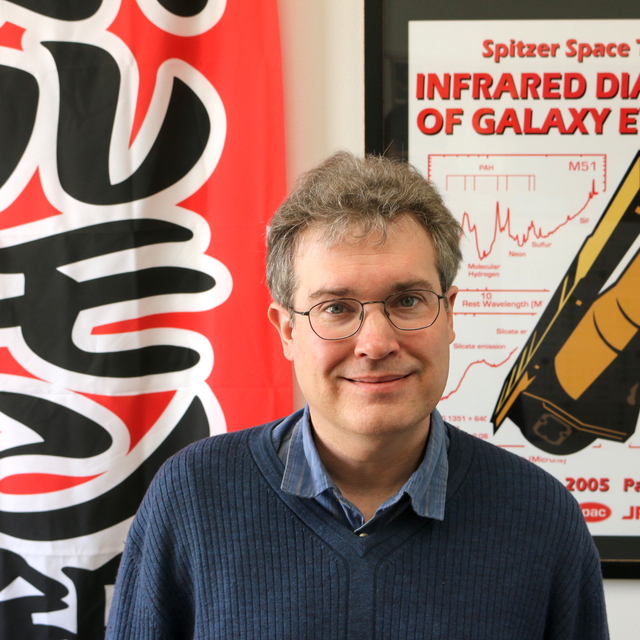
Lyman Continuum Emission from Active Galactic Nuclei at 2.3 ≲ z ≲ 3.7 in the UVCANDELS Fields
March 2024 • 2024ApJ...964...73S
Abstract • We present the results of our search for Lyman continuum (LyC)-emitting (weak) active galactic nuclei (AGN) at redshifts 2.3 ≲ z ≲ 4.9 from Hubble Space Telescope (HST) Wide Field Camera 3 (WFC3) F275W observations in the Ultraviolet Imaging of the Cosmic Assembly Near-infrared Deep Extragalactic Legacy Survey (UVCANDELS) fields. We also include LyC emission from AGN using HST WFC3 F225W, F275W, and F336W imaging found in Early Release Science (ERS) and Hubble Deep UV Legacy Survey data. We performed exhaustive queries of the Vizier database to locate AGN with high-quality spectroscopic redshifts. In total, we found 51 AGN that met our criteria within the UVCANDELS and ERS footprints. Out of these 51, we find 12 AGN that had ≥4σ detected LyC flux in the WFC3/UVIS images. Using a wide variety of space-based plus ground-based data, ranging from X-ray to radio wavelengths, we fit the multiwavelength photometric data of each AGN to a CIGALE spectral energy distribution (SED) using AGN models and correlate various SED parameters to the LyC flux. Kolmogorov–Smirnov tests of the SED parameter distributions for the LyC-detected and nondetected AGN showed they are likely not distinct samples. However, we find that the X-ray luminosity, star formation onset age, and disk luminosity show strong correlations relative to their emitted LyC flux. We also find strong correlations of the LyC flux to several dust parameters, i.e., polar and toroidal dust emission and 6 μm luminosity, and anticorrelations with metallicity and A FUV. We simulate the LyC escape fraction (f esc) using the CIGALE and intergalactic medium transmission models for the LyC-detected AGN and find an average f esc ≃ 18%, weighted by uncertainties. We stack the LyC fluxes of subsamples of AGN according to the wavelength continuum region in which they are detected and find no significant distinctions in their LyC emission, although our submillimeter-detected F336W sample (3.15 < z < 3.71) shows the brightest stacked LyC flux. These findings indicate that LyC production and escape in AGN are more complicated than the simple assumption of thermal emission and a 100% escape fraction. Further testing of AGN models with larger samples than presented here is needed.
Links
- PREPRINT http://arxiv.org/abs/2401.03094
- NED https://ned.ipac.caltech.edu/uri/NED::InRefcode/2024ApJ...964...73S
- ELECTR https://doi.org/10.3847/1538-4357/ad1ef0
- SIMBAD https://simbad.u-strasbg.fr/simbad/sim-ref?querymethod=bib&simbo=on&submit=submit+bibcode&bibcode=2024ApJ...964...73S
- PDF https://iopscience.iop.org/article/10.3847/1538-4357/ad1ef0/pdf
- DATA https://archive.stsci.edu/mastbibref.php?bibcode=2024ApJ...964...73S
- DATA https://doi.org/10.17909/fw24-0b81
- DATA https://hst.esac.esa.int/ehst/#/pages/search;bibcode=2024ApJ...964...73S
- DATA https://irsa.ipac.caltech.edu/bibdata/2024/S/2024ApJ...964...73S.html




